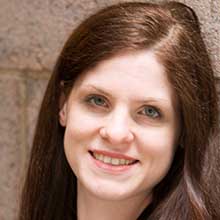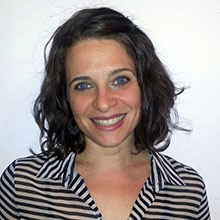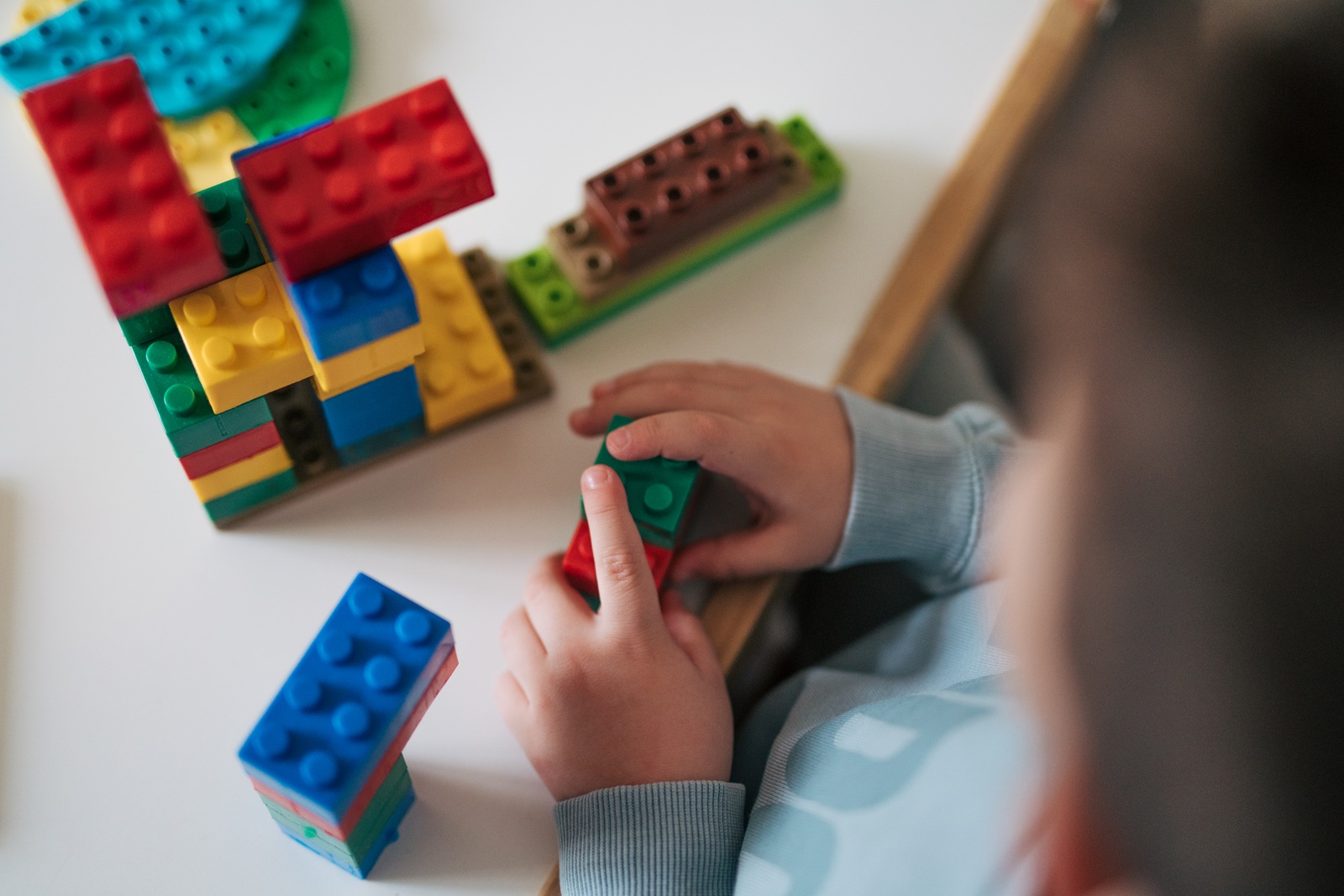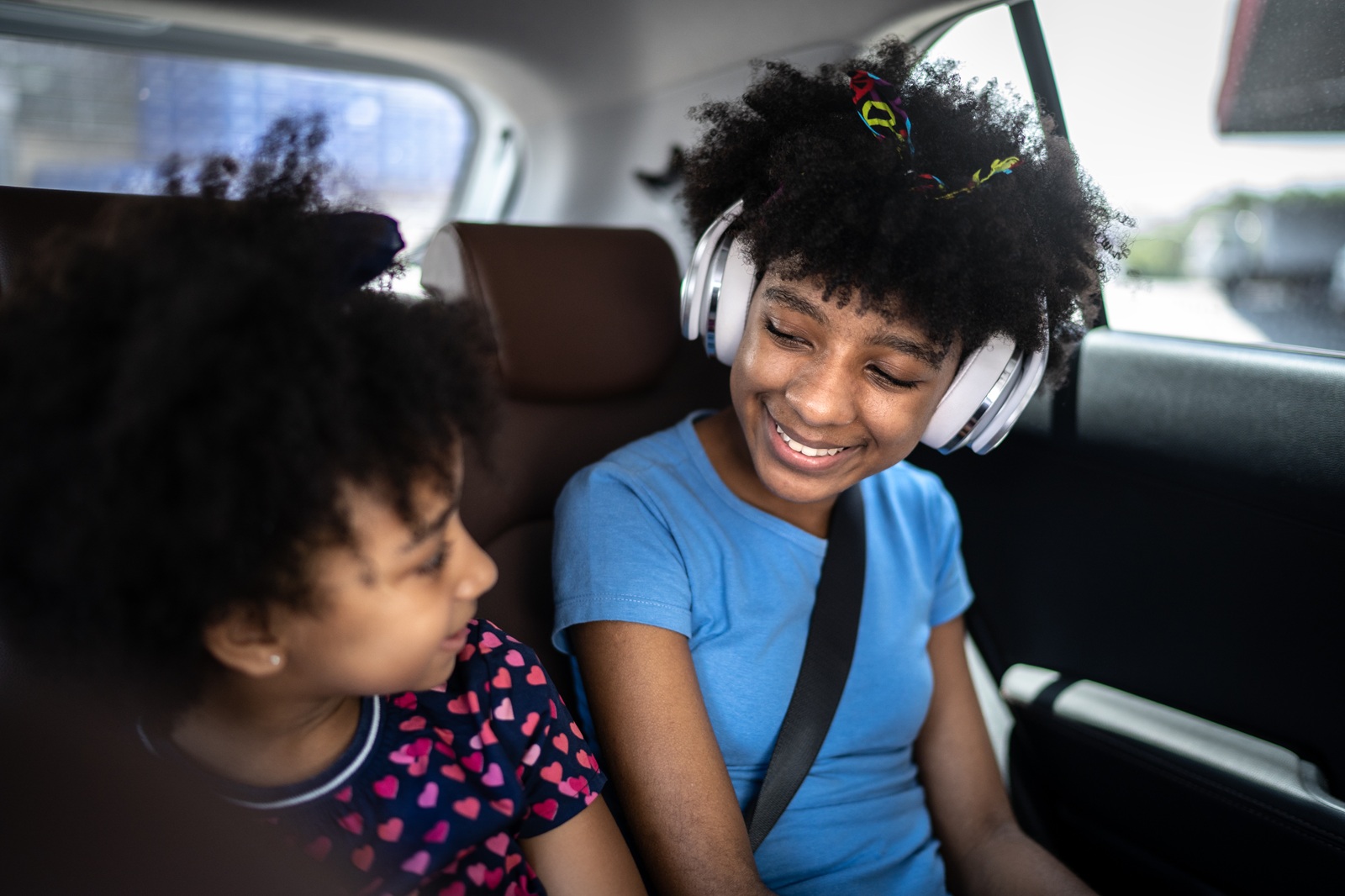Mapping Fun: How Play and Tech Can Help Children Find their Way Around!

Spatial thinking is a foundational skill in early childhood education and is closely linked to later success in mathematics and the STEM fields. But spatial skills are not typically included in preschool curricula, leaving a gap in this early learning experience (Pritulsky et al., 2020; Verdine et al., 2017). Our Transforming Preschoolers’ Spatial Orientation Learning project was created to address this need by testing a supplementary curriculum designed to build preschoolers’ spatial orientation skills through an engaging combination of digital games, hands-on activities, and complementary home-based resources.
What Is Spatial Thinking?
Important in the everyday lives of people of all ages, spatial thinking is the ability to understand and reason about the relationships between objects in space, including navigation, use of maps and models, and spatial vocabulary such as “left,” “right,” “in front of,” and “behind” (Clements & Sarama, 2020). These skills are not only essential for a person’s daily functioning but also strongly correlate with mathematical reasoning and achievement across STEM disciplines (Reilly et al., 2017; Gragnier et al., 2021). Research shows that early spatial skills predict readiness for kindergarten and can create cascading benefits for future math learning (Bower et al., 2020; Wang et al., 2021).
Despite this evidence, many preschool teachers lack confidence and resources to effectively teach spatial concepts, and spatial instruction remains inconsistent in early childhood classrooms (Bates et al., 2023; Schmitt et al., 2023).
Study Details
To support educators and families in fostering the development of young children’s spatial skills, our EDC team worked with GBH and Digital Promise to conduct a study to develop, implement, and evaluate a comprehensive preschool intervention. This intervention combined digital games and hands-on activities to enhance young children’s spatial orientation skills, assess its feasibility in classrooms and homes, and measure initial child learning outcomes. The study, which was recently published (Lewis Presser et al., 2025), employed a mixed-methods, quasi-experimental design involving 16 preschool classrooms across six early childhood programs in the Northeast. Ten classrooms implemented the project’s eight-week spatial orientation intervention, and six additional classrooms served in the comparison group by using their regular curriculum.
The study intervention combined 41 activities featuring hands-on components, read-aloud stories, and digital games—including augmented reality (AR) experiences—organized into four thematic units and delivered over two weeks each. AR is a technology that creates an interactive blend of real and virtual content, enabling users to experience and engage with digital objects or information overlaid onto their real-world environment, often with the goal of enhancing learning through playful and immersive experiences.
Teachers in the treatment group participated in four hours of virtual professional development and received all necessary materials and tablets for the study. Data collection included classroom observations, teacher surveys and interviews, and pre- and post-assessments of children’s spatial orientation skills using the researcher-developed Spatial Orientation Assessment Task (SOAT). Additionally, a small sample of families from the treatment group engaged in complementary home-based activities and provided feedback via interviews and surveys to assess usability and perceived child learning outcomes. Statistical analyses controlled for baseline scores and age to evaluate the intervention’s impact on children’s spatial knowledge.
What Did Our Study Find?
- Teacher professional development: Teachers increased their confidence and ability to implement spatial learning activities effectively in their classrooms through targeted professional development and resources.
- Positive child outcomes: Children who participated in the intervention showed significant improvements in spatial orientation knowledge compared to those in the comparison classrooms.
- Engagement and feasibility: Both teachers and children found the activities engaging and feasible to implement, with modifications allowed to fit different classroom needs and contexts.
- Mixed feedback on technology: While digital games were generally well received, some children needed additional scaffolding, and usability challenges with the AR app were identified.
- Family involvement: The complementary home-based activities engaged caregivers and supported children’s spatial learning and early STEM identity development.
- Alignment with research: The intervention aligns with evidence that spatial skills are malleable and benefit from developmentally appropriate interactions involving language, play, and technology.
- Limitations and future research: The study had a small sample size and further research is needed to isolate technology effects and validate findings with larger populations.
Conclusion
Spatial skills form a vital foundation for children’s cognitive and academic growth, yet they remain underemphasized in early education settings. Our project’s innovative intervention demonstrates that combining digital games, hands- on activities, and AR can effectively engage preschoolers and boost their spatial orientation abilities and understanding. With supportive professional development and family engagement components, programs such as this one hold great promise for enriching early childhood curricula and setting children on a path toward STEM success.
Resources
The following resources are free and available for teachers and families to use: The teacher guide, family guide, and two digital resources – Map Adventures and AR Adventures.
__________
This research was funded by the National Science Foundation (DRL-2048883). Any opinions, findings, conclusions, or recommendations expressed in this material are those of the authors and do not necessarily reflect the views of the National Science Foundation.
References
Bates, K. E., Williams, A. Y., Gilligan-Lee, K. A., Gripton, C., Lancaster, A., Williams, H., Borthwick, A., Gifford, S., & Farran, E. K. (2023). Practitioners’ perspectives on spatial reasoning in educational practice from birth to 7 years. British Journal of Educational Psychology, 93, 571–590.
Bower, C., Odean, R., Verdine, B. N., Medford, J. R., Marzouk, M., Golinkoff, R. M., & Hirsh-Pasek, K. (2020). Associations of 3-year-olds’ block-building complexity with later spatial and mathematical skills. Journal of Cognition and Development, 21(3), 383–405.
Clements, D. H., & Sarama, J. (2020). Learning and teaching early math: The learning trajectories approach. Routledge.
Gagnier, K. M., Holochwost, S. J., & Fisher, K. R. (2022). Spatial thinking in science, technology, engineering, and mathematics: Elementary teachers’ beliefs, perceptions, and self-efficacy. Journal of Research in Science Teaching, 59(1), 95–126. https://doi.org/10.1002/tea.21722
Lewis Presser, A. E., Braham, E., & Vidiksis, R. (2025). Enhancing preschool spatial skills: A comprehensive intervention using digital games and hands-on activities. Education Sciences, 15(6), 727. https://doi.org/10.3390/educsci15060727
Pritulsky, C., Morano, C., Odean, R., Bower, C., Hirsh-Pasek, K., & Michnick Golinkoff, R. (2020). Spatial thinking: Why it belongs in the preschool classroom. Translational Issues in Psychological Science, 6(3), 271–282.
Reilly, D., Neumann, D. L., & Andrews, G. (2017). Gender differences in spatial ability: Implications for STEM education and approaches to reducing the gender gap for parents and educators. In M. Khine (Ed.), Visual-spatial ability in STEM education (pp. 123–140). Springer.
Schmitt, S. A., Elicker, J. A., Purpura, D. J., Duncan, R. J., Schmerold, K. L., Budrevich, A., Bryant, L. M., & Finders, J. K. (2023). The effects of a high quality state-run preschool program as rated by a Quality Rating and Improvement System on children’s school readiness. Early Childhood Research Quarterly, 62, 89-101. https://doi.org/10.1016/j.ecresq.2022.07.013
Verdine, B. N., Golinkoff, R. M., Hirsh-Pasek, K., & Newcombe, N. S. (2017). Links between spatial and mathematical skills across the preschool years. Monographs of the Society for Research in Child Development, 82(1), 7–30.
Wang, S., Hu, B. Y., & Zhang, X. (2021). Kindergarteners’ spatial skills and their reading and math achievement in second grade. Early Childhood Research Quarterly, 57(4), 156–166.








